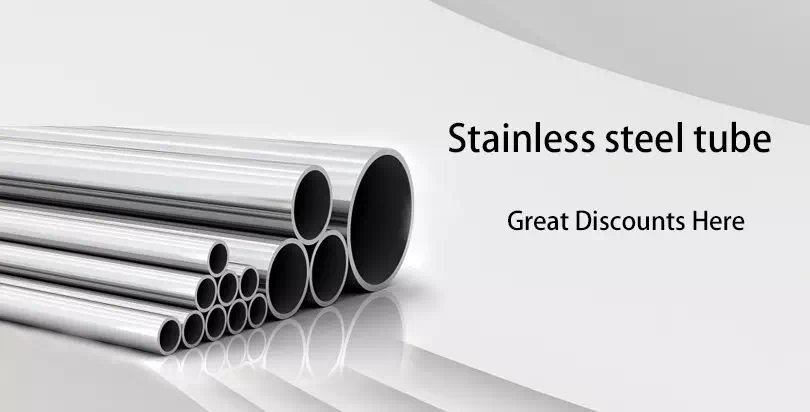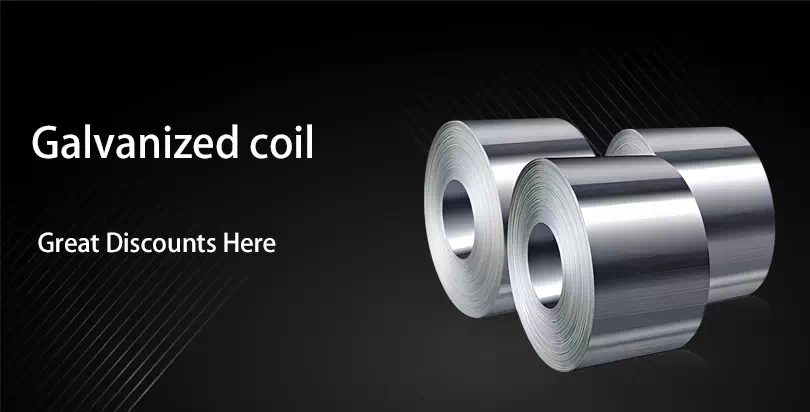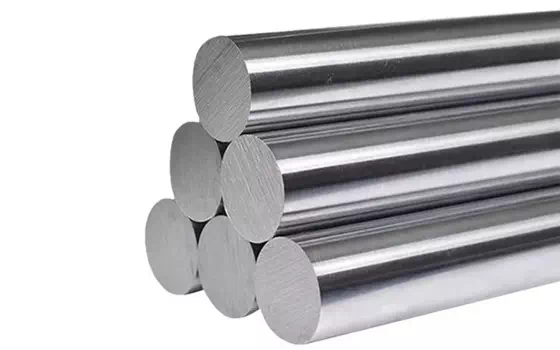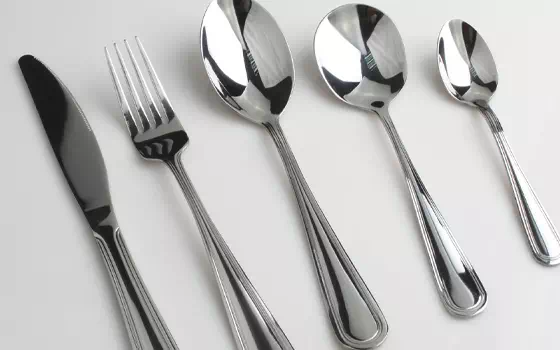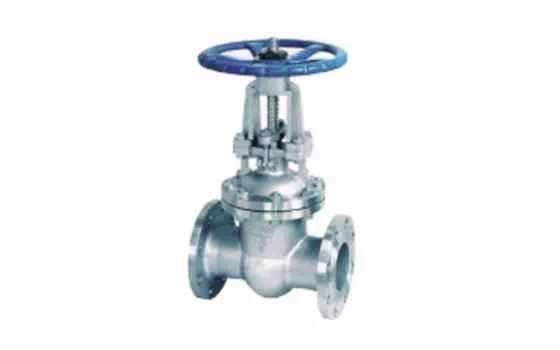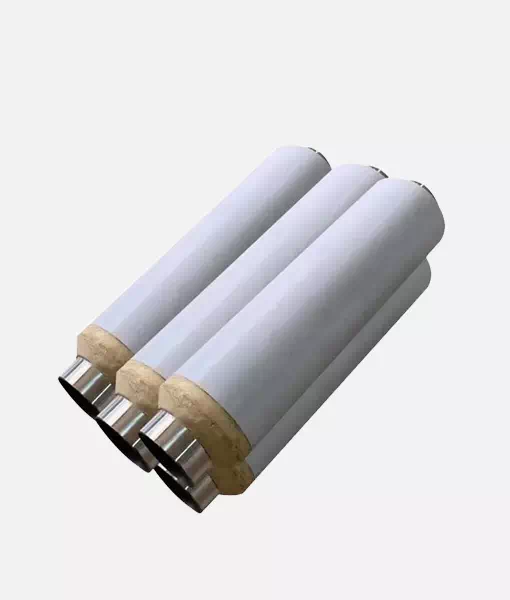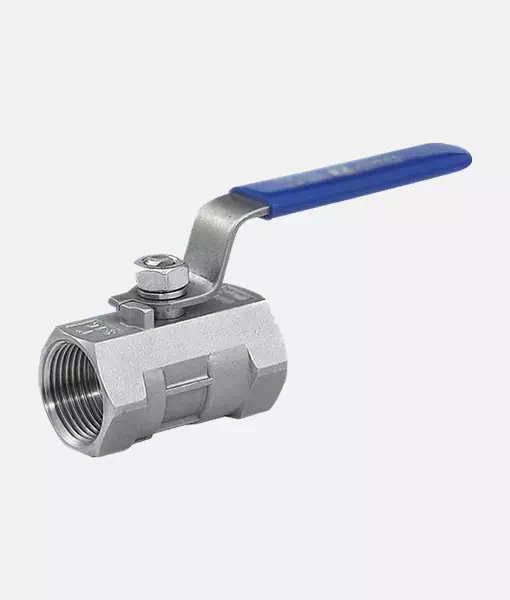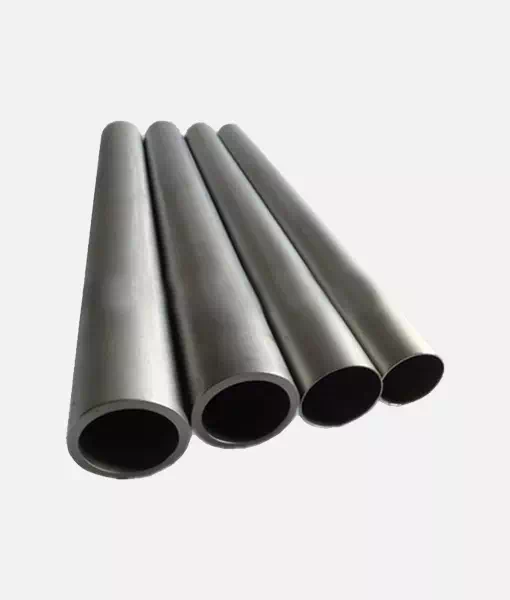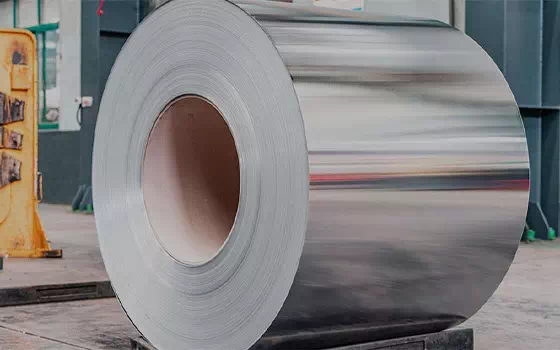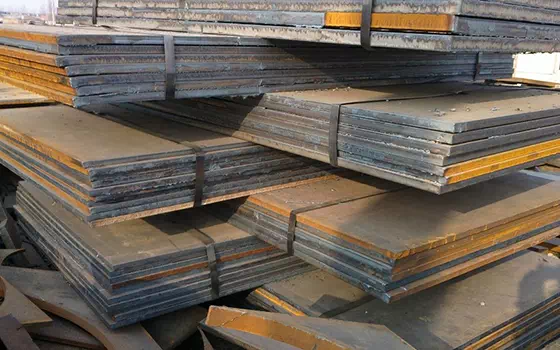Steel for making all kinds of roller bearing rings and rolling parts. Bearing rotation to withstand high alternating stress, in addition to the requirements of materials have high compressive strength, contact fatigue strength and wear resistance, but also have a certain toughness.
Steel for making all kinds of roller bearing rings and rolling parts. Bearing rotation to withstand high alternating stress, in addition to the requirements of materials have high compressive strength, contact fatigue strength and wear resistance, but also have a certain toughness, corrosion resistance, good dimensional stability and manufacturability. High carbon chromium bearing steel first appeared in Europe in 1901. In 1913, the United States listed it as a standard steel grade. For more than 70 years, countries have developed many new processes to improve the purity of bearing steel and improve the non-uniformity of carbide, vacuum degassing, furnace refining and other technologies have been widely used in the production of bearing steel, and to manufacture rings with bearing steel pipes, further improving the utilization rate of steel and bearing life. China began producing bearing steel in 1951.
Modern rolling bearing steel can be divided into four categories: high-carbon chromium bearing steel, carburized chromium bearing steel, stainless bearing steel and high-temperature bearing steel. High carbon chromium bearing steel is widely used and widely used in the bearing manufacturing industry.
Bearing steel is generally smelted by basic electric furnace, and can also be added to the vacuum degassing treatment or ladle vacuum refining. The ingot casting process and ingot shape design of bearing steel have great influence on the distribution of non-metallic inclusions and carbides in steel. Bearing steel is prone to white spots, so ingot and billet should be cooled slowly. High quality bearing steel for aviation needs to be smelted by special methods such as electroslag remelting or vacuum consumable remelting.
Bearing ingot is generally subjected to long-term diffusion annealing at a high temperature of 1200 ~ 1250 ° C to improve carbide segregation. During hot processing, the atmosphere in the furnace should be controlled, the heating temperature of the billet should not be too high, and the holding time should not be too long to avoid serious decarbonization. The final rolling (forging) temperature is usually between 800 and 900℃, too high is easy to appear coarse mesh carbide, too low is easy to form rolling (forging) cracks. Rolled (forged) finished products should be quickly cooled to 650 ° C to prevent cementite in the grain boundary network precipitation, when conditions can be used controlled rolling process.
In order to obtain good machinability and pre-microstructure before quenching, bearing steel for cold working should be completely nodulated annealed. The annealing temperature is generally 780 ~ 800℃, and decarbonization should be prevented during annealing. If there is a coarse network cementite in the rolled steel, normalizing treatment is required before annealing. Chromium bearing steel is usually heated between 830 ~ 860 ° C, oil quenched, and tempered at 150 ~ 180 ° C. In the organization of precision bearings, the residual austenite volume should be reduced as much as possible or the residual austenite should be kept stable during use, so it is often necessary to carry out cold treatment at -80 ° C (or lower temperature) after quenching and long-term stabilization treatment at 120 ~ 140 ° C.


